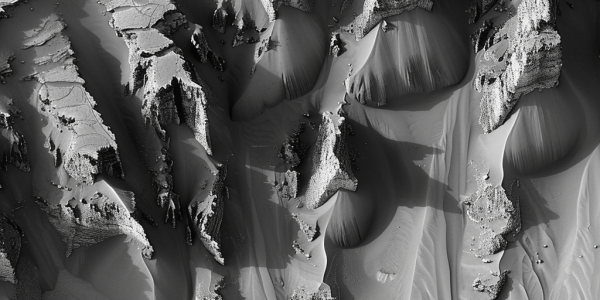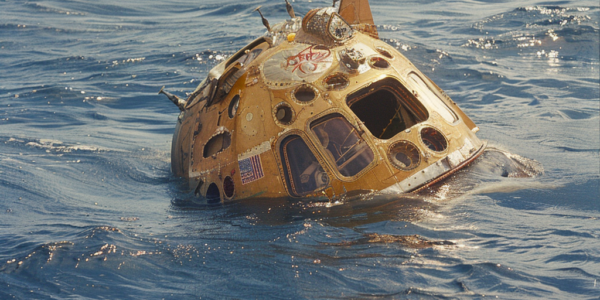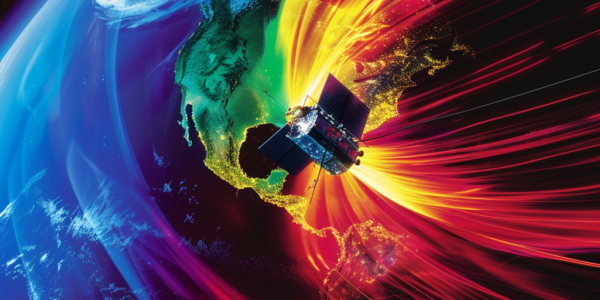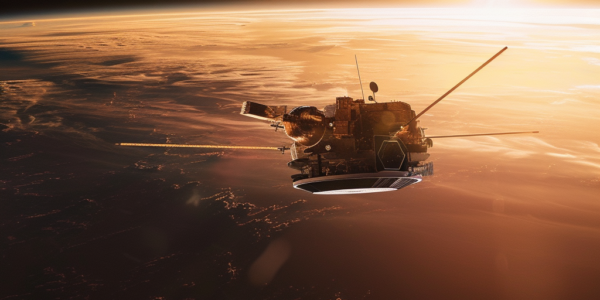Mysterious ‘Spider’ Formations Spotted in Inca City on Mars
Discover the mysterious ‘Inca City’ on Mars, where hundreds of black ‘spiders’ emerge every spring due to buried carbon dioxide ice releasing dusty geysers of gas. Explore the fascinating phenomenon captured in recent satellite photos from the European Space Agency (ESA) and gain valuable insights into the seasonal changes and geological processes on the Red Planet.
Artemis Astronauts’ Moonwalk Should Include Zoom Call for Students
Artemis astronauts are scheduled to walk on the moon in late 2026, conducting scientific exploration and leaving behind instruments for long-term study. But in addition to their mission objectives, they should also engage with young students around the world through a ‘Ask the Artemis Astronauts’ event, providing inspiration for the new generation of explorers.
ESA and NASA Collaborate to Study Solar Wind with Solar Orbiter and Parker Solar Probe
ESA and NASA collaborate as Solar Orbiter and Parker Solar Probe reach closest approach to the Sun, allowing for simultaneous observation of the solar wind. This unique alignment provides valuable data for scientists to enhance their understanding of the Sun’s impact on the solar system and Earth.
ESA’s Mars Express Completes 25,000th Orbit Around Red Planet
ESA’s Mars Express has completed its 25,000th orbit around Mars, capturing a stunning image of the planet’s features. The image showcases volcanoes, valleys, craters, clouds, and even a glimpse of Phobos, offering a detailed view of the Martian terrain with a ground resolution of <450 m/pixel. This milestone reaffirms the success of the Mars Express mission and the dedication of the ESA team in unraveling the mysteries of the Red Planet.
SpaceX Crew-7 Mission Successfully Returns Astronauts to Earth
The SpaceX Crew-7 mission successfully concluded as the four astronauts safely returned to Earth on Tuesday, March 12. The recovery of the Dragon capsule, Endurance, was captured live as it splashed down off the coast of Pensacola, Florida. After a 199-day stay in low-Earth orbit, the crew will undergo medical checks to ensure their health.
ESA Approves New Scout Satellites NanoMagSat and Tango
ESA has approved two new Scout satellites, NanoMagSat and Tango, to measure Earth’s magnetic field and greenhouse-gas emissions, respectively. These missions are part of ESA’s embrace of the New Space era and are designed to deliver value-added science through the miniaturization of existing space technologies or the demonstration of new observing techniques.
ESA’s ERS-2 Satellite Expected to Crash Back to Earth Next Week
The European Space Agency’s (ESA) ERS-2 satellite, retired since 2011, is expected to crash back to Earth between February 20-22, 2024. Despite the lack of precise control over its reentry, ESA is providing frequent updates on its predicted impact window. With an estimated weight of 5,057 pounds, the impending crash has sparked widespread attention due to its potential implications.
The LISA Mission: Unveiling the Echoes of Black Hole Mergers
The European Space Agency is preparing to launch the LISA mission, a groundbreaking endeavor set to detect gravitational waves that originated at ‘the dawn of time.’ This ambitious mission will involve building a trio of satellites to trail Earth around the Sun, marking a significant leap in our ability to observe and understand cosmic phenomena. With the potential to unlock new insights into cataclysmic events in the cosmos, such as the merger of supermassive black holes, the LISA mission represents a pivotal step forward in our quest to unravel the mysteries of the universe.








